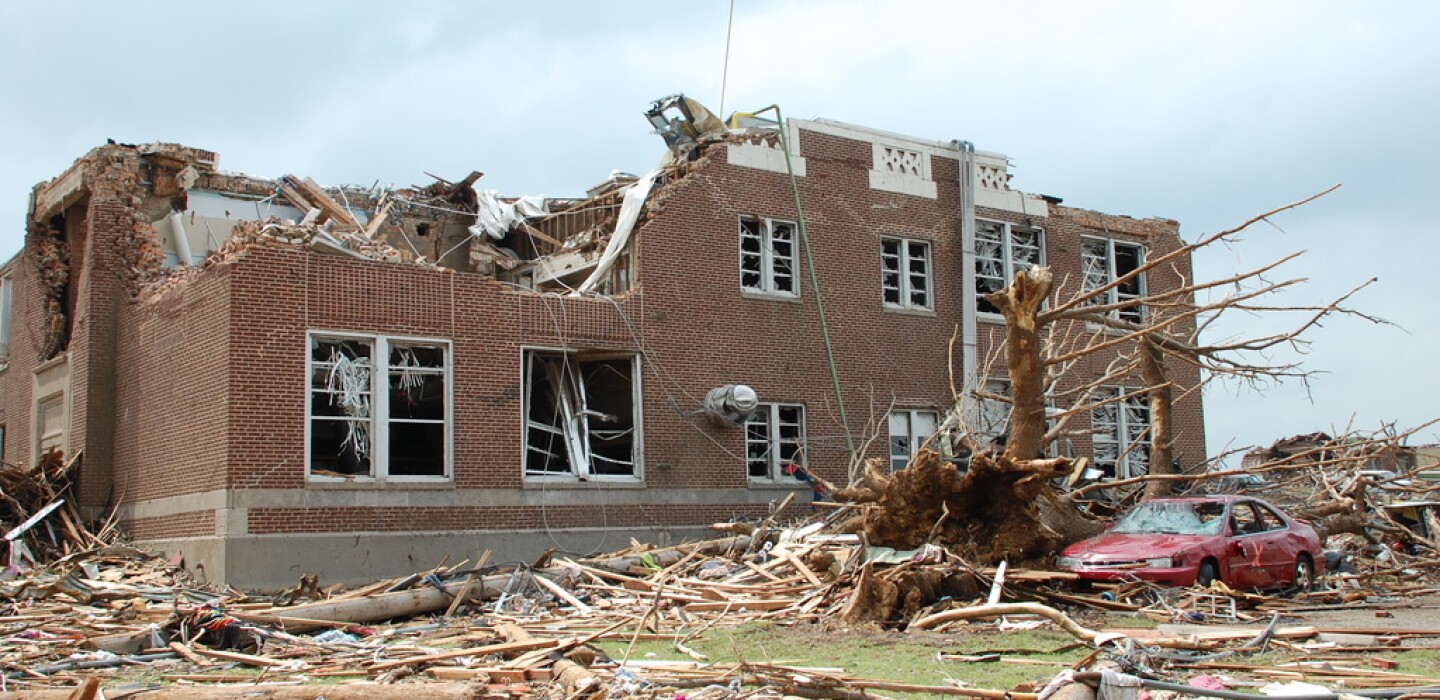
Deadly Tornado in Joplin, Mo., Leads to New Building Codes
Ever since an EF5 tornado touched down in Joplin, Mo., on May 22, 2011, killing 161 and damaging 8,000 buildings, the National Institute of Standards and Technology (NIST) has been working on developing new requirements for building codes.
Those new standards are available now for any jurisdiction that wants to adopt them, and they are expected to save lives once implemented.
Marc Levitan led the NIST team on a technical investigation, studying wind and debris data to determine how to design buildings that resist tornadoes.
They came up with the new guidelines, which are included in the new requirements of the ASCE 7 standard — which refers to the wind load for buildings — and incorporated into the 2024 version of the International Building Code. The standard is a collection of the most up-to-date minimum requirements for designing a safe structure.
The requirements apply to new buildings only — although they can also apply to severely damaged buildings that are being repaired — and are standard minimums for 97 percent of the tornados that affect the United States. If you need a higher level of protection, you need to build a safe room.
“That includes significant buildings in the community, but doesn’t apply to houses and businesses and apartments in general,” Levitan said. “Certainly a building code is a minimum. It means that in those localities that have adopted it, you can’t build below it, even though it doesn’t always mean that it’s the appropriate solution.”
Localities can choose to build above the standard building code or ignore it entirely, as some smaller jurisdictions do, which Levitan calls “problematic.”
There are four risk categories. One and two are covered by hurricane and other storm standards to the point where buildings in these categories — storage facilities that aren’t regularly occupied — would also withstand tornados at this level. The requirements increase for buildings that are more consistently and heavily occupied, including schools, nursing homes and theatres.
“Every location is different,” Levitan said. “So first of all, in some places there’s a state mandate for minimum building codes, whereas other states use a ‘home rule,’ where it’s up to the county or city.”
The new standard contains instructions for structural engineers to understand what tornado intensity they need to prepare for in their jurisdiction and what pressure those tornadic winds will put on their buildings. An example would be a 1 million square foot hospital built in Dallas, Texas, that would withstand wind speeds of 124 miles per hour. Without the new standards, that same building could have been built to withstand winds up to just 117 miles per hour.


Average Rating